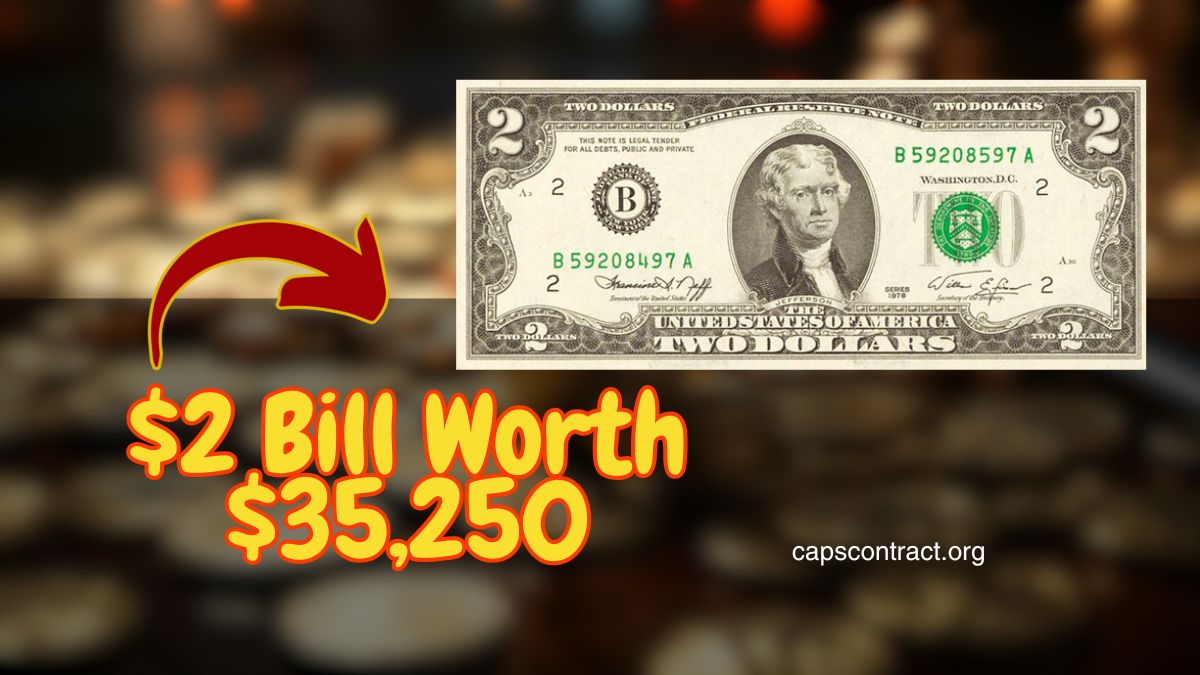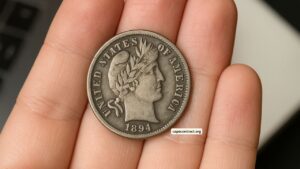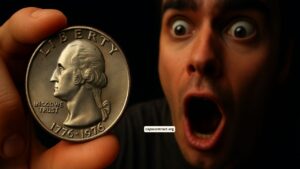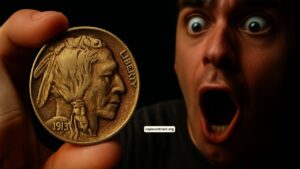The numismatic world is buzzing after a rare 1976 $2 bill recently fetched $35,250 at auction. For a denomination most people consider ordinary, this remarkable sale proves that certain paper currency can be worth a fortune in the hands of collectors.
So what made this particular $2 bill command such an astounding price? Let’s dive into the details.
What Is Special About the 1976 $2 Bill?
The 1976 $2 Federal Reserve Note was issued as part of the United States Bicentennial celebrations. It features a portrait of Thomas Jefferson on the front and the historic signing of the Declaration of Independence on the reverse.
While millions of these notes were printed, certain variations—such as those with unique serial numbers or star notes—have become extremely valuable in the collectors’ market.
What Is a Star Note?
A star note is a replacement note issued when an error occurs during the printing process. Instead of discarding entire batches, the Bureau of Engraving and Printing inserts a replacement bill with a star symbol at the end of the serial number.
These notes are typically printed in far smaller quantities, making them more scarce and desirable for collectors. A star note with a low serial number — especially “1★” — is exceedingly rare.
Auction Highlights
| Attribute | Detail |
|---|---|
| Serial Number | Star note with serial number “1★” |
| Condition | Pristine, likely gem-quality |
| Auction Price | $35,250 |
| Date Sold | Recent auction |
| Historical Context | Part of the 1976 Bicentennial issue |
Why This Particular $2 Bill Is So Valuable
Star Note with Serial Number 1★
A serial number “1★” on a star note is virtually unmatched in rarity. In many cases, only one example will ever reach private collectors, making it a true one-of-a-kind item.
Exceptional Condition
Condition is critical. This note was uncirculated and likely achieved a high certification grade (such as PMG 67 EPQ or similar). The better the condition, the more desirable the note.
Bicentennial Significance
As a commemorative issue tied to the United States’ 200th birthday, the 1976 $2 bill already holds strong historical appeal. A rare variation like this builds on that intrinsic value.
Market Demand
Currency collectors are increasingly willing to pay large sums for unique star notes, fancy serial numbers, and low serials. The $35,250 winning bid reflects this growing interest.
How Much Are Other 1976 $2 Bills Worth?
| Type of $2 Bill | Typical Value Range |
|---|---|
| Common circulated 1976 $2 bill | Face value ($2) |
| Uncirculated 1976 $2 bill | $5 – $20 |
| Bicentennial $2 with fancy serial | $250 – $500 |
| 1976 Star note (regular serial) | $300 – $1,500+ |
| 1976 Star note with serial 1★ | $35,250 (record price) |
Most everyday $2 bills from 1976 are not worth more than face value. However, when combined with exceptional rarity factors like a star and serial “1★,” the value skyrockets.
Why Collectors Are Going Crazy
Scarcity Drives Value
Collectors understand that scarcity is king in the world of currency collecting. There may only be one such $2 star note with serial number 1★ available for private ownership.
Investment Opportunity
Rare currency is increasingly seen as a stable alternative investment. As the market grows, new collectors are willing to pay high premiums for standout items.
Prestige & Bragging Rights
Owning a record-setting piece grants serious collector prestige. For seasoned numismatists, acquiring a legendary note like this is a once-in-a-lifetime opportunity.
Rising Popularity of $2 Notes
The $2 bill is becoming a cult favorite among collectors and casual hobbyists alike. High-profile sales like this drive further interest and raise values across the board.
Key Tips If You Find a 1976 $2 Bill
- Check the serial number: Low serial numbers (00000001 – 00000009) and star notes carry extra value.
- Assess condition: Crisp, uncirculated bills are far more valuable than worn ones.
- Consider grading: Professional grading by a respected agency boosts resale potential.
- Look for stamps: Some $2 bills from 1976 were first day of issue stamped—these also have collectible value.
The recent $35,250 auction sale of a rare 1976 $2 star note with serial number 1★ demonstrates how ordinary-looking currency can become extraordinary collectibles.
In this case, the combination of rarity, historical significance, and pristine condition drove collector demand to record-breaking levels.
If you have old $2 bills tucked away, it might be time to take a closer look—you could be holding something far more valuable than you think.
FAQs
How can I tell if my 1976 $2 bill is valuable?
Look for a star next to the serial number and/or low serial numbers. Uncirculated condition significantly boosts value.
Are all star notes valuable?
While all star notes carry some premium, only certain combinations—like low serials, rare series, and pristine condition—command prices in the thousands.
Where can I sell a valuable $2 bill?
Auction houses, currency dealers, and online platforms that specialize in rare currency are ideal. Professional grading is recommended for high-value items.




